When you think about starting your own business, you have a million questions racing through your mind: How to build a team of professionals? How to launch a SaaS startup? What is my niche? How to develop a startup business plan? How to avoid startup pitfalls?
You can find plenty of information on how to build a successful SaaS startup. However, the authors of these guidelines often omit the pitfalls you may face when working on your product. These issues often come from the development side. You won’t learn about it at university or during courses as, usually, it comes with years of practice. However, now you have a chance to get practical advice on how to work with a development team in order to save time, money, and keep the stress away.
Launching your own business comes with a number of risks and potential pitfalls that can pull the whole project down. As the web and mobile development agency, we have experienced it first hand during cooperation with our clients from all over the world.
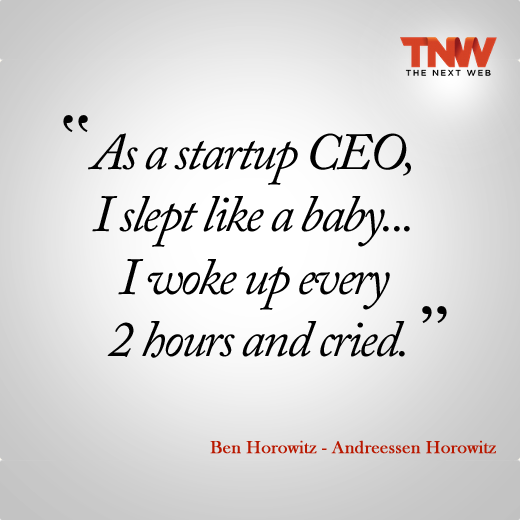
We’ve worked with dozens of teams over the past seven years and the experience we’ve gained was extremely rewarding for our team. However, the journey has been also filled with mistakes, negative experiences, and overtime hours. This helped us to make certain conclusions and learn lessons that we would like to share with you.
Pre-launch step
SaaS pre-launch is important. At the initial stage of your project launch, make sure you work closely with a business analyst (BA) and a graphic designer. While BA will be responsible for market analysis and determining a number of mockups, the designer will be in charge of your product visual concept. Don’t save money on these experts as very often good ideas are ruined because of a bad design.
Another key factor to consider during the pre-launch stage is defining your unique value proposition (UVP). Your SaaS product needs to address a specific problem better than competitors. Conduct market research to identify gaps and ensure that your product offers something innovative or more efficient. Additionally, early customer validation through surveys, focus groups, and prototype testing can provide crucial insights into what users truly need.
Estimate the project
It is considered that project estimates can be a waste of time as the requirements can change anytime, new features can be added as well as the new team members can join the company. However, it is the crucial step from idea inception to execution. At this stage, developers give a ballpark estimate of the project scope.
Our company has been working with a client who had analyzed several competitors and found dozens of features he wanted to implement in his software product. He was so inspired that he requested all of them in one app at once. We have carefully estimated the costs, time, and labor required to complete the project. Our team explained to the client that it would take at least 1,5 years for the development team to deliver this software. The great amount of features the client requested, required the pots of money as well.
Was he ready to invest time and money? No. That’s when we decided to develop a product with basic features, that would still keep the core concept of the app. This way our client could test the user interaction with a product (in our case, mobile app) and develop the project further. The core concept of the app could be explained with a chatting app as an example: chatting is the core function, and all the stickers, audio, video, and other features are minor and should be considered as add-ons.
Beyond estimating the scope, it is crucial to define clear milestones and set measurable Key Performance Indicators (KPIs). Breaking the project into phases with clear deliverables helps avoid scope creep and ensures that both the development team and stakeholders are aligned on expectations. Additionally, identifying potential bottlenecks early on can help mitigate risks before they escalate.
What is the best programming language for a SaaS startup?
It depends on how complex your startup is going to be. Are you building another Facebook or a much simpler project? It may be difficult for a non-technical person to distinct between programming languages. Moreover, a wrong choice of a programming language can seriously harm a startup.
In the ocean of programming languages you can be confused which one to choose for your project. Each language is unique with certain characteristics and ecosystems that you should consider when you make your choice. Take a look at the table below to quickly get an idea of what languages are the most popular around companies with particular purposes:
| Programming language | Description | Used by |
|---|---|---|
| C++ | Static/multi-paradigm: generic / object-oriented / functional / procedural | Adobe, Google, Microsoft |
| JAVA | Static/multi-paradigm: object-oriented / concurrent / reflective / generic / imperative / structured | Apps on Android platform |
| PHP | Dynamic / reflective / procedural / object-oriented / functional / imperative | Wikipedia, Facebook |
| Ruby | Dynamic/multi-paradigm: reflective / object-oriented / functional / imperative | Shopify, Airbnb |
| Python | Dynamic/multi-paradigm: object-oriented / imperative / reflective / procedural / functional | Spotify, Dropbox, Pinterest |
| Swift | Static/multi-paradigm: block-structured / imperative / functional / protocol-oriented / object-oriented | Apps on Apple platform |
Ruby is the one of the most popular programming languages. It has a vast set of available online libraries. It is also suitable for cross-platform development and has a very clear syntax. Ruby is a well-written language and due to its hybrid object-oriented approach, it is easy to read.
Globally well-known companies like AirBnB, Dribble, Goodreads or Kickstarter used Ruby on Rails and started with a Minimum Viable Product (we will talk about it later in this article).
However, there are certain cons of using Ruby. When the project starts to gain momentum and there is a need to process more than 200 requests per second, it is reasonable to expand the infrastructure and redevelop the most crucial elements of code.

Choose a team of professionals
The trivial statement, right? Nevertheless, when startups want to save money, they often tend to hire developers and designers working at lower salaries. Usually, it results in additional costs later on as the engineers might not possess the required knowledge. Study the developer’s portfolio very carefully. The portfolio can help to determine whether a developer is a good fit for your company. It can also give an insight into the developer’s code usability, client reviews, the platforms where the projects were released, and what areas of development the developer specializes in.
Imagine, you’ve decided to hire a remote team of developers and you were seduced by the low cost of their services. It turned out later that the team is more focused on SEO rather than development. They hire a low-cost freelancer to build you a website. Unfortunately, freelance developers don’t always have the appropriate knowledge to build what you want in order to meet the deadlines. As a result you end up with a website that is SEO perfect but is absolutely not user-friendly in terms of UI.
Prioritize!
You might’ve heard it many times: prioritize your features, do not bombard your project with a billion of unnecessary ones, especially, when you’ve just started working on your app. This should give you a better insight into the future development of your product and help developers to focus on the most important functionality. Following the MoSCoW model, start with the must-have features, which are the core of your future project. Once the beta version of the product is launched and the bugs are fixed, you can continue adding other features.
Many startups fail because they chase perfection rather than focusing on core functionality. Instead of trying to create a flawless product from day one, adopt an iterative approach. Release a working version, gather user feedback, and refine accordingly. This reduces development time and ensures that you are building something users actually need.
Start with the Minimum Viable Product (MVP)
A minimum viable product is the earliest version of the product that you create. Techopedia states that “a minimum viable product (MVP) is a development technique in which a new product or website is developed with sufficient features to satisfy early adopters. The final, complete set of features is only designed and developed after considering feedback from the product’s initial users”. Developers find the riskiest assumptions for you, test them with the least possible costs and use the results of the experiment to make corrections. After launching an MVP, it turns out that the part of the planned functionality is unnecessary or useless, while additional functionality you haven’t thought of earlier appears to be vital
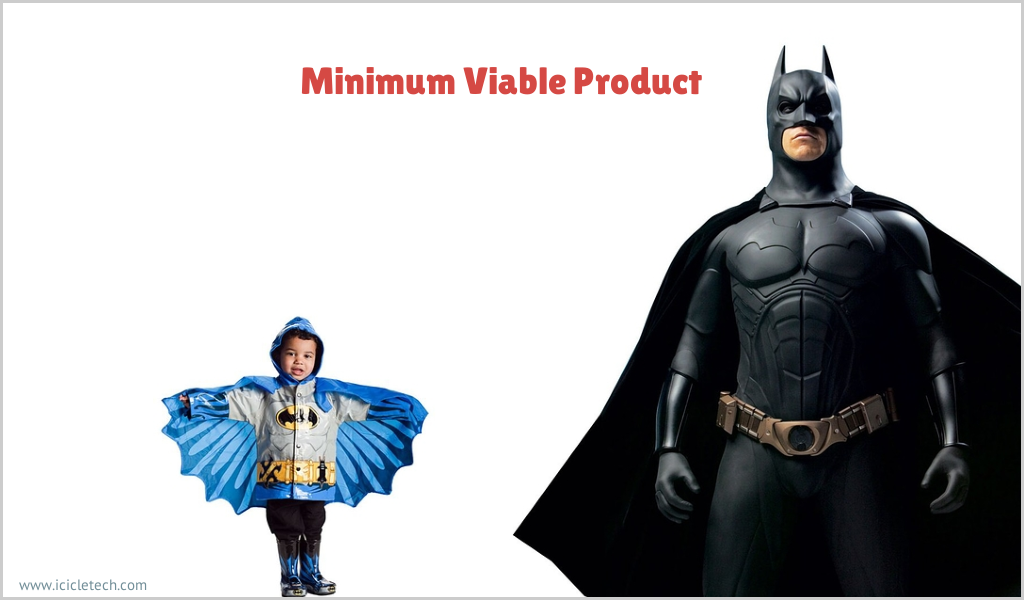
MVP helps to understand whether users would be interested in the product at all and, if necessary, implement required adjustments. In order to find out what product features should be included in the MVP in the first place, and which ones can be postponed, it is necessary to make a list of functions that you consider important. If there is a chance that a feature could go live later – do not include it in the MVP.
How quickly do you want to launch you MVP? It depends on the framework you choose. Ruby on Rails is your best option if you want to launch early. With its rich ecosystem of open source libraries Ruby Gems, it is faster, easier to build and iterate. You will spend less time and money testing the features of your MVP in order to receive the feedback from your customers.
QA Omnipresence
Many companies mistakenly consider testing as just a phase in the development process. Wrong! Software testing should be an ongoing process in order to continuously check and improve the project.
Avoid collecting a big number of bugs to solve at the final stage of development. Check bugs at each stage of the process. During the beta test, keep your QA team as busy as possible to constantly improve your product. This is also a phase when you can learn and understand user behavior as well as collect customer feedback.
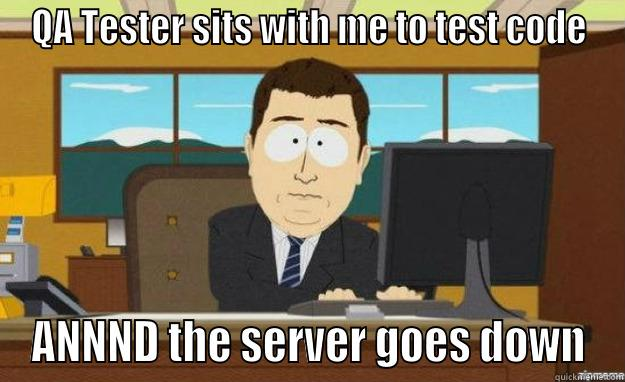
You should prepare your product for testing properly by writing a documentation for a QA team, describe how the product design should look like, provide mockups, and functional product description.
Measure the workflow
As a startup, you have to be prepared to wear many hats. You need to be flexible and aware of the fact that any KPI you choose now can be useless in a week. However, there are several indicators, which can help you measure team productivity and progress.
You can use a software metric called SLOC (source lines of code). SLOC is used to count the number of lines on the code and measure the size of a computer program. With the help of SLOC you can predict the amount of effort and time needed to develop a program.
Burn up charts is another method of measuring developers progress. It helps to track progress over time by accumulating functionality (a goal, such as budget or release plan) when it is finished. It helps to give team a necessary feedback. Burn up charts provide simple but a rather powerful tool to track the sprint.
Another indicator that can help you to assess your development team productivity is the degree of innovation. It reflects how developers seek for innovation in the certain product areas. These metrics can give an indication of what product areas require more effort, time or resources.
Post-launch work
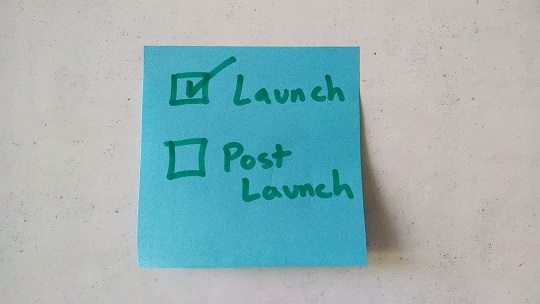
So, your MVP turned out to be a success, you fixed the most of the bugs, and added the extra features to your product. You worked hard and now you can reap the rewards. But wait, here comes the post-launch stage, which is far less exciting.
In technology-based startup you may face a lot of back-end issues such as updating your operating system, fixing emerging bugs, and meeting growing traffic volumes. You need to continue cooperating with your development team to ensure that your product operates properly and smoothly.
Therefore, if you’ve hired the remote development team, it’s natural to continue cooperation after the product launch. Make sure to plan this cooperation ahead, as the moment the contract with your development team expires, you are on your own.
Conclusion
- Working on a SaaS startup is a great, exciting but at the same time very risky business. You will always have ups and downs and in the end, you will either succeed or fail. Many startup ideas go wrong because you’ve chosen to cooperate with an unprofessional development team. To avoid it, carefully select those people who will help turn your idea into reality.
- Clearly define your requirements and communicate closely and transparently with the development team from the very beginning. Give yourself time and possibility to introduce a high quality and efficient product.
- Start with the Minimum Viable Product not to overload users and product with unnecessary functionality. This is a chance to test product as well as the workflow of your development team.
- Estimate your project’s scope and time as neglecting it can lead to a loss of profitability of the project.
- Determine the most important features and work with them carefully.
- After the product launch, continue cooperation with the development team as they can become your best partner.
Of course, it’s better to learn from other people’s mistakes. However, you won’t build a startup without doing something wrong, it’s inevitable. Although mistakes in business cost a lot, they teach us important and valuable lessons.
What are the challenges your startup is currently facing in terms of mobile app development? Let us know in the comments below. Meanwhile, stay motivated, hungry and foolish – just like Steve Jobs recommended us to.





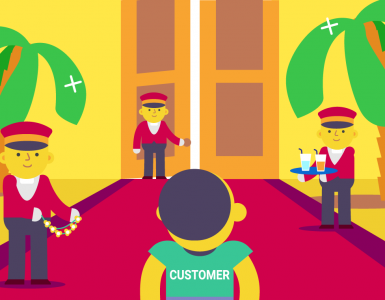



Add comment